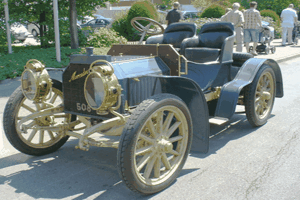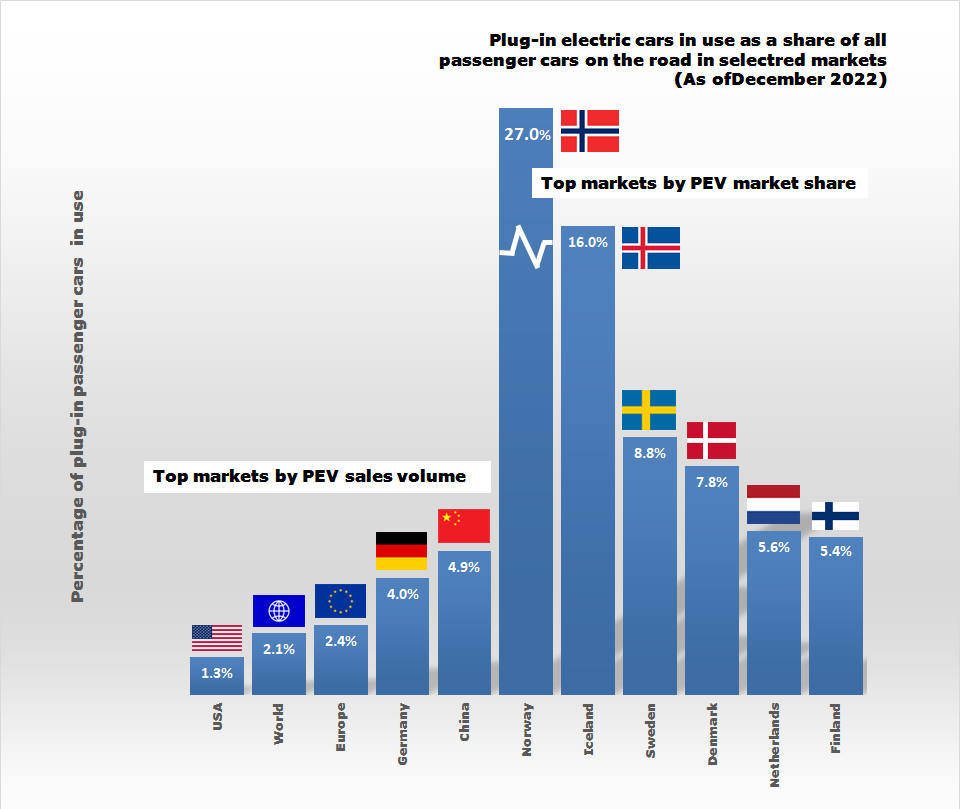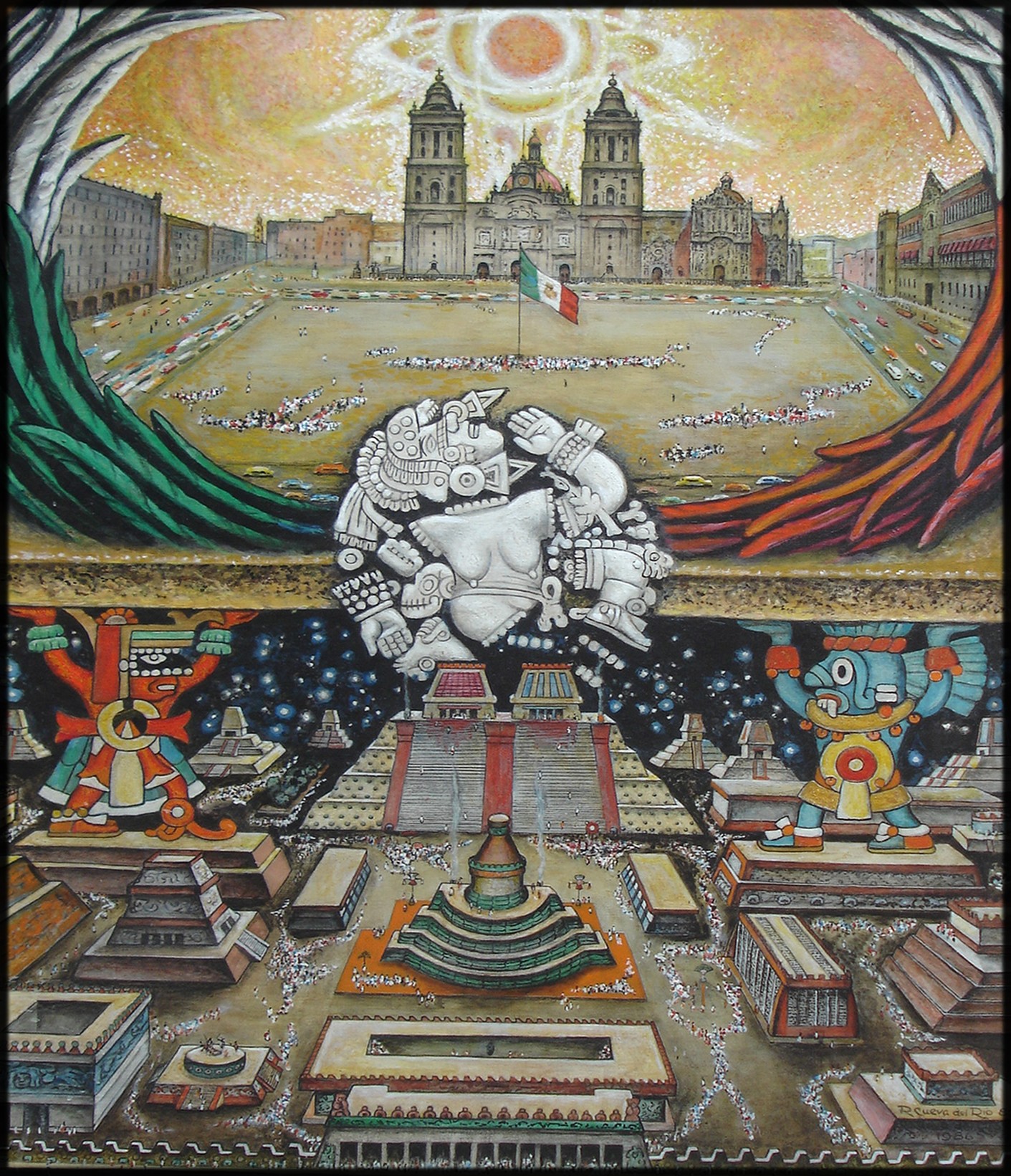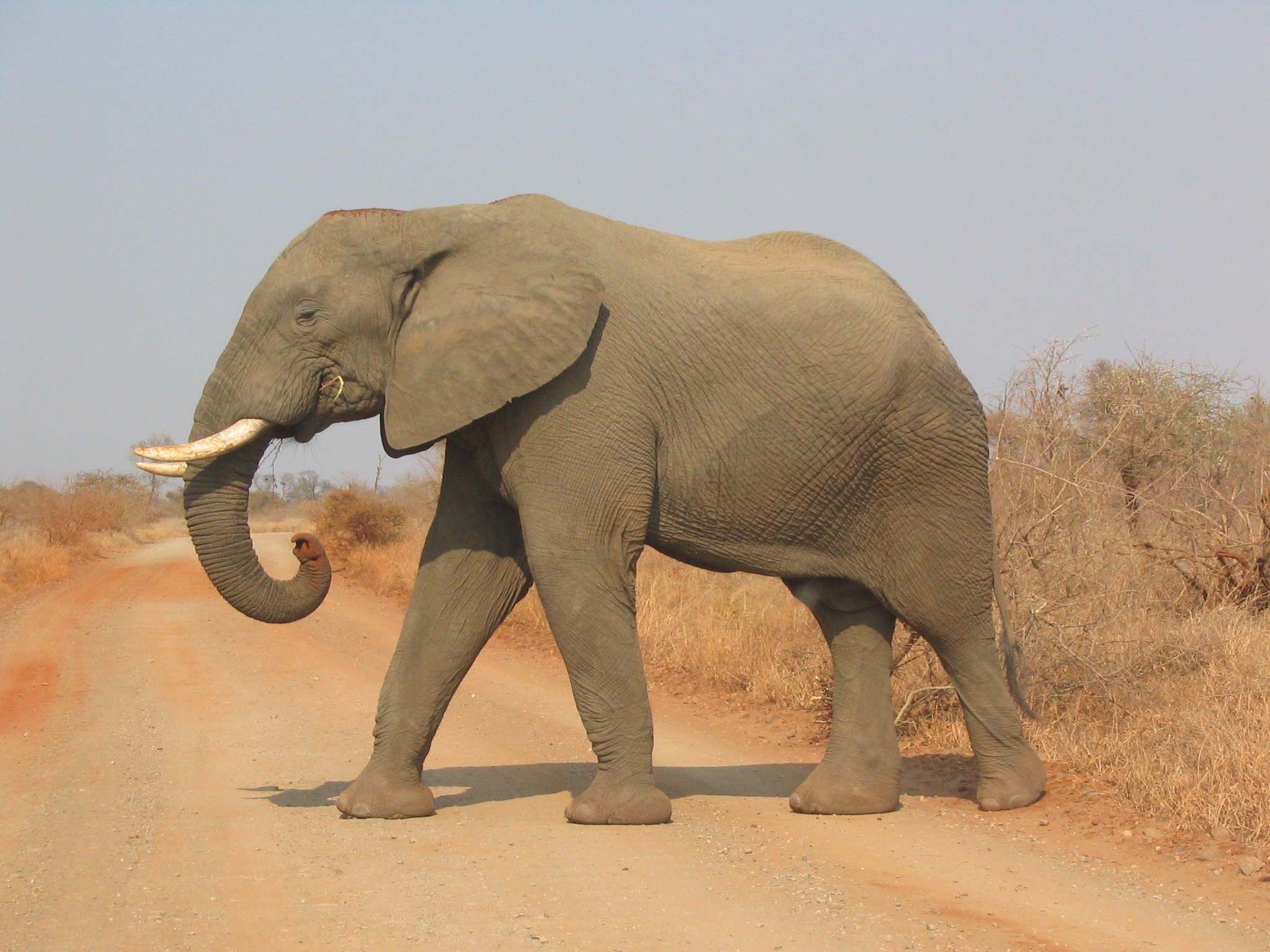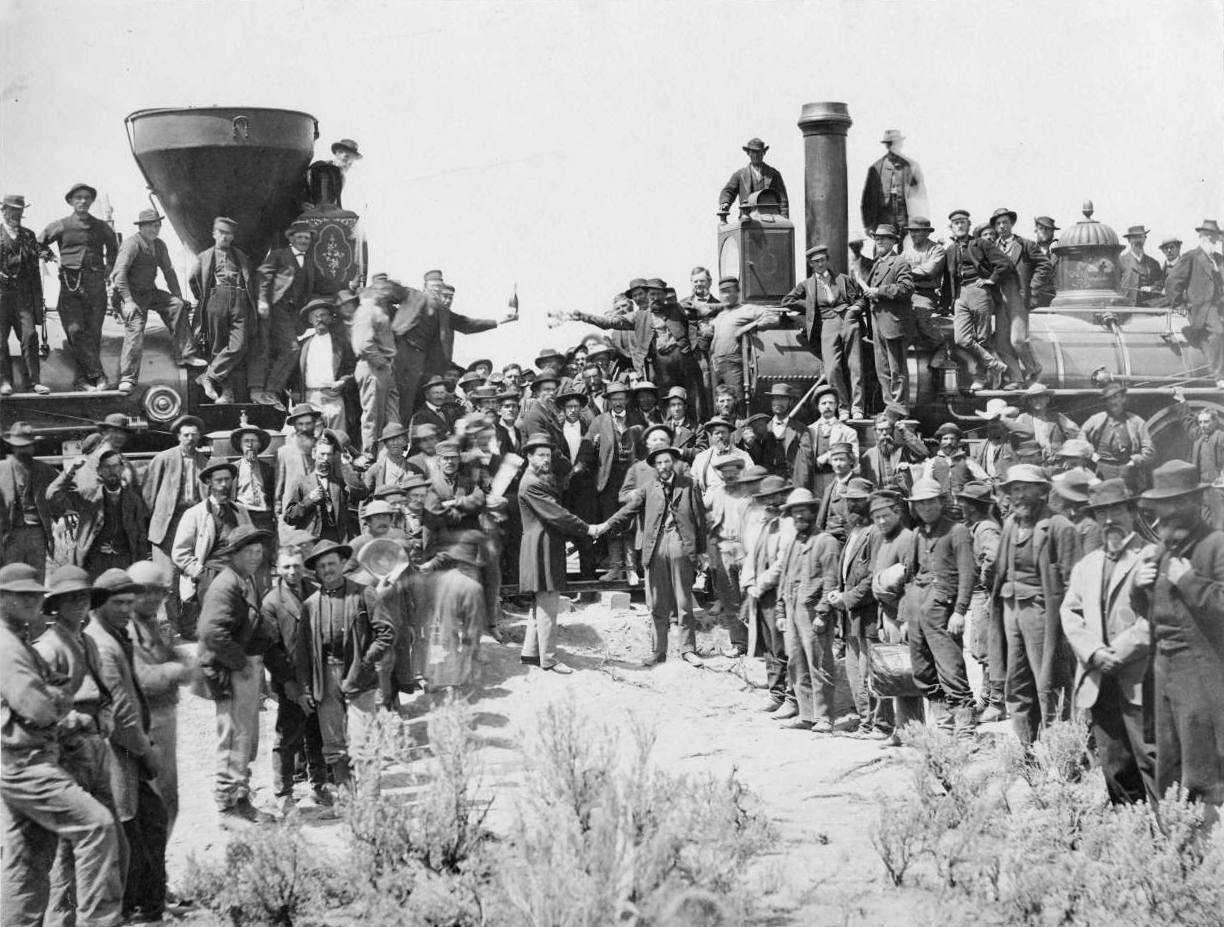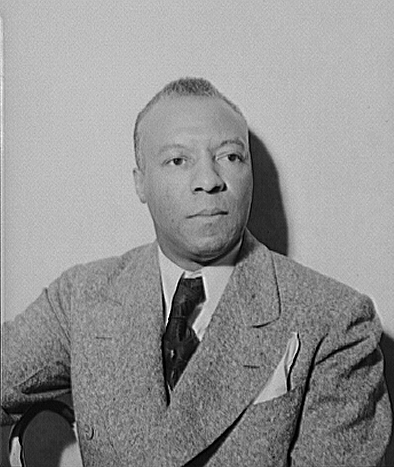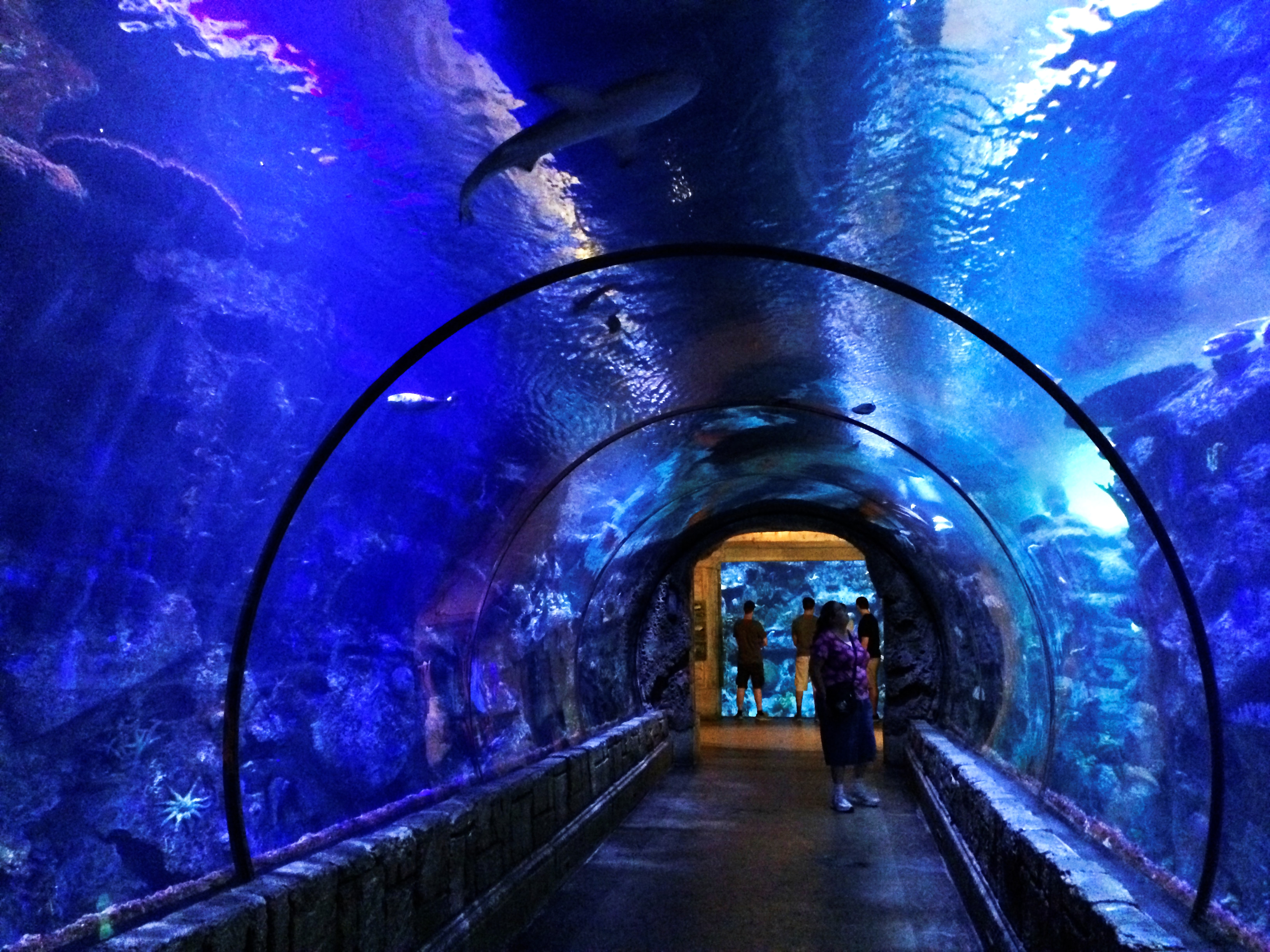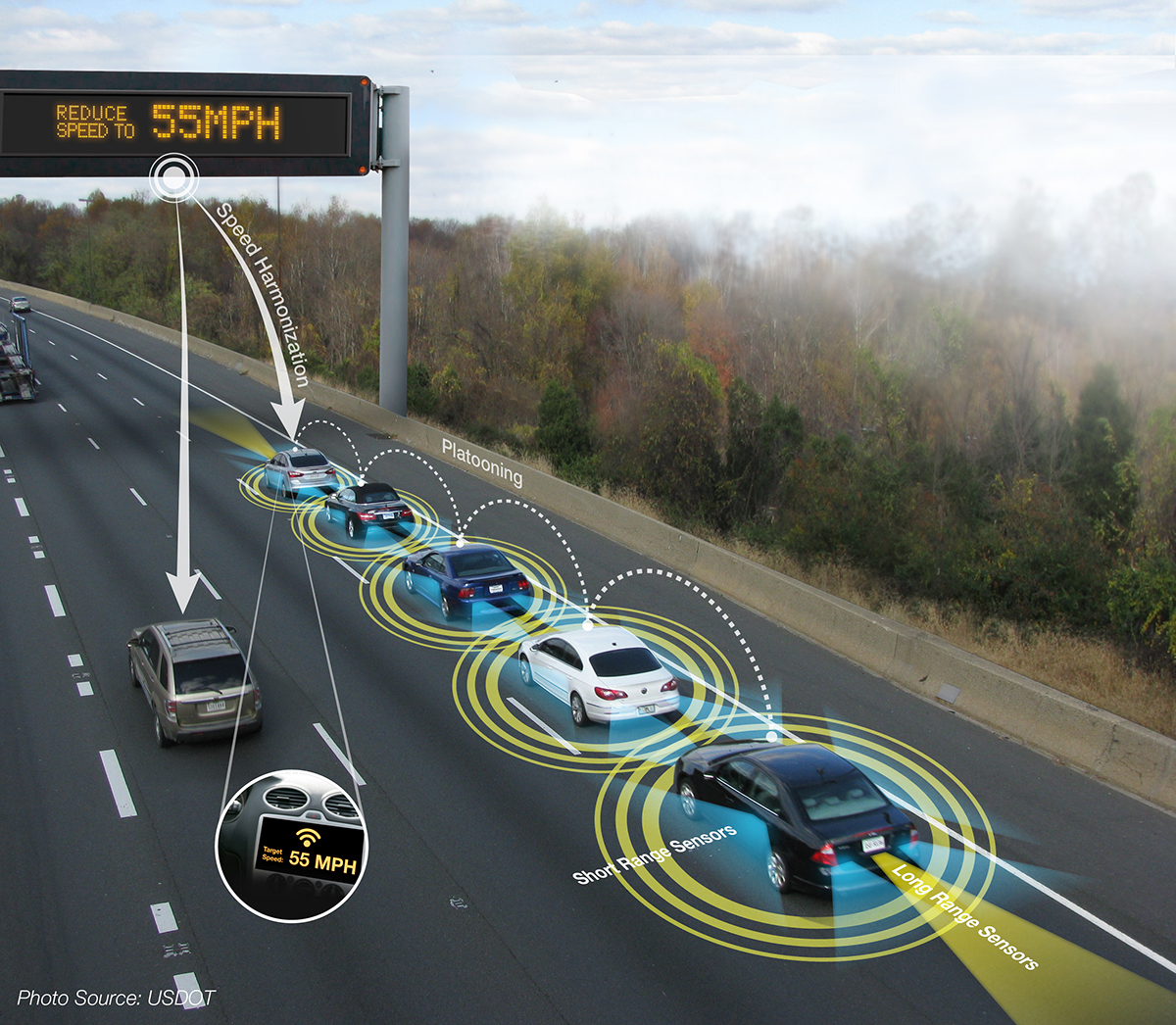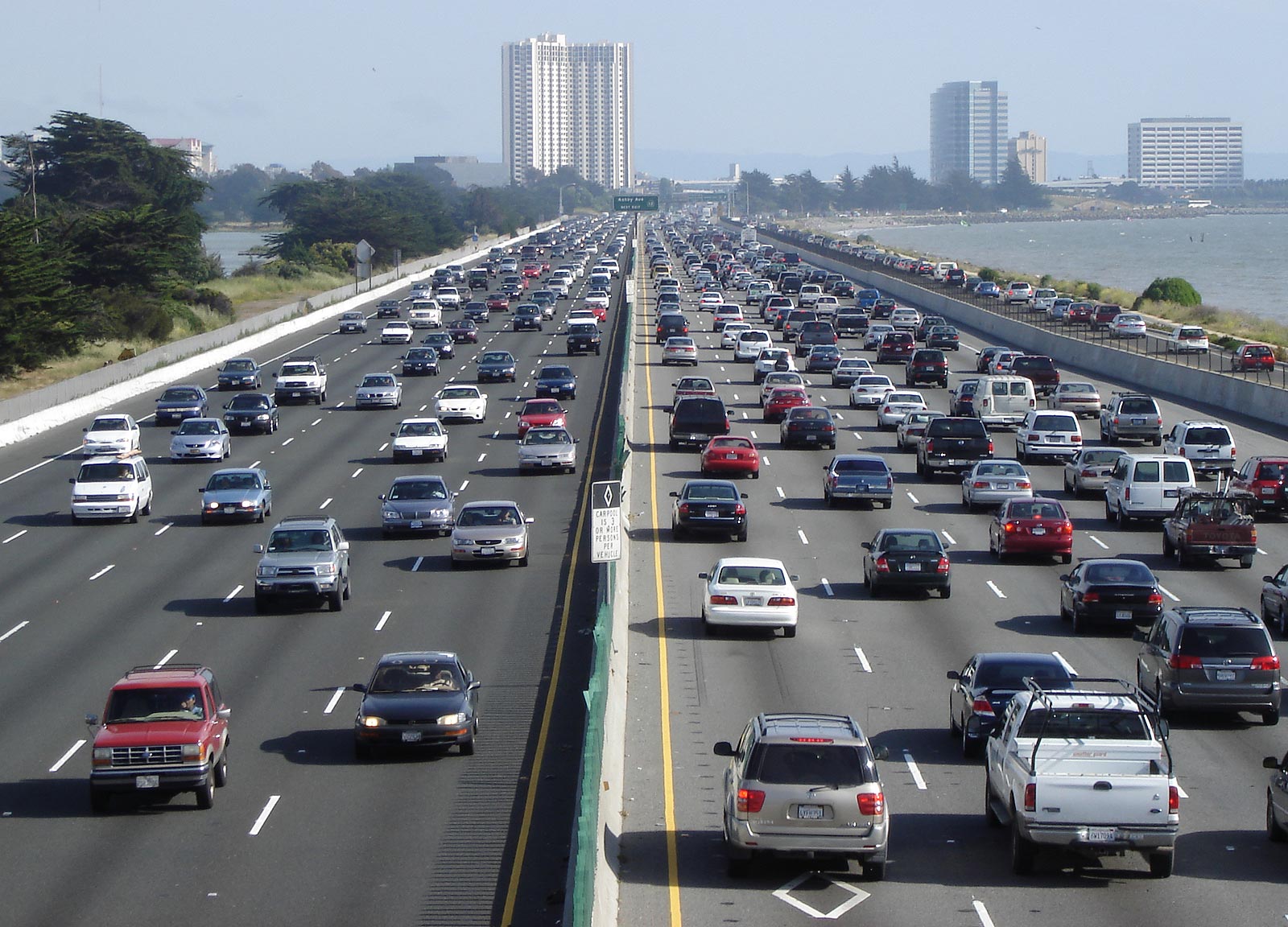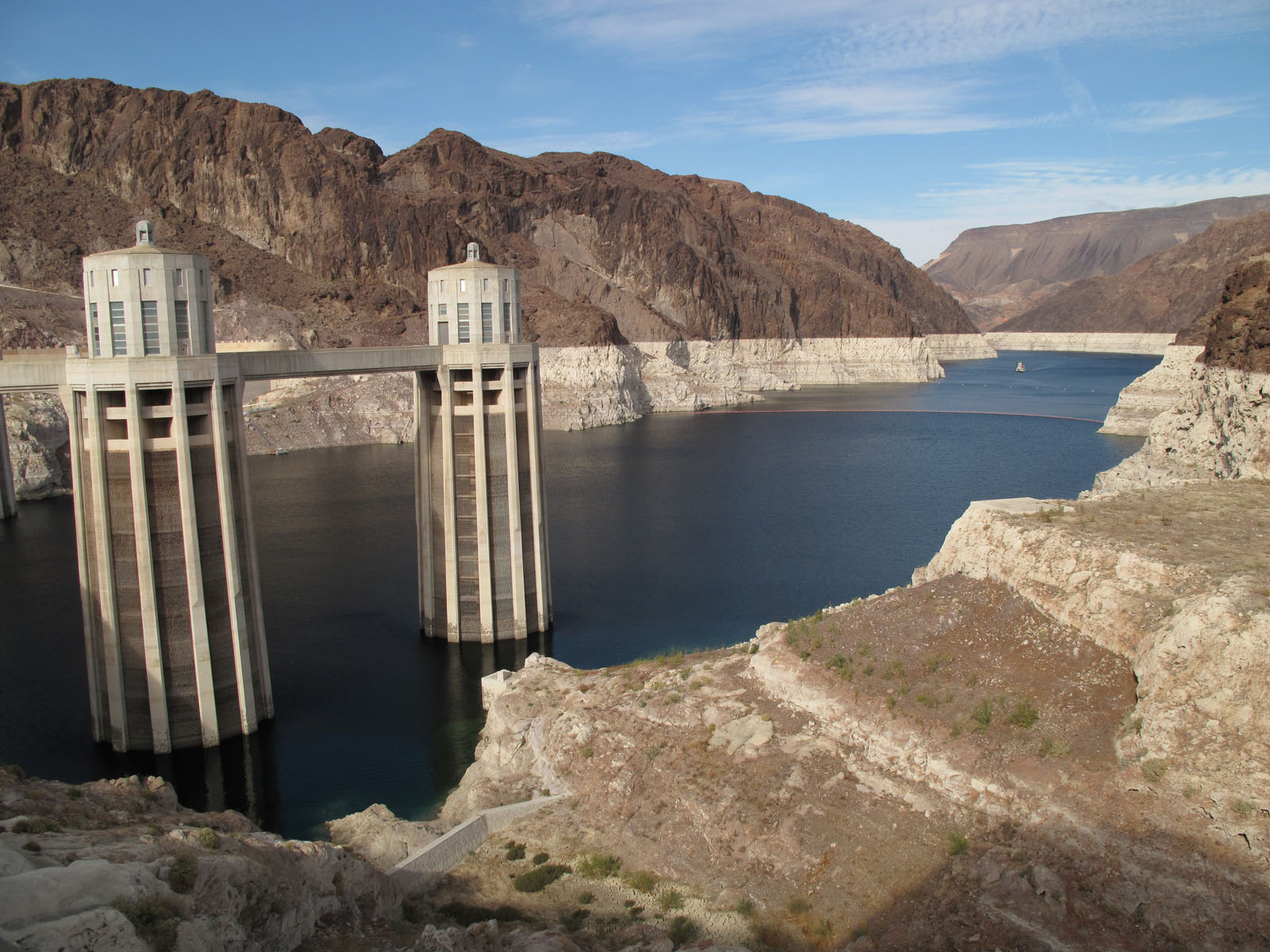
Transportation contributes to global warming by use of fossil fuels. Electric vehicles are increasing in use while decreasing emissions; batteries needed to store and dispense electric power are easier to develop for smaller vehicles like cars or vans, even trucks. Airplanes are improving. Short-haul passenger travel has made some progress with electric aircraft, and United Airlines recently flew from Chicago, Illinois to Washington, D.C. on biofuel. Train travel is clocking faster speeds with lower emissions from innovations like Mag-lev and Hyperloop. But what about shipping?
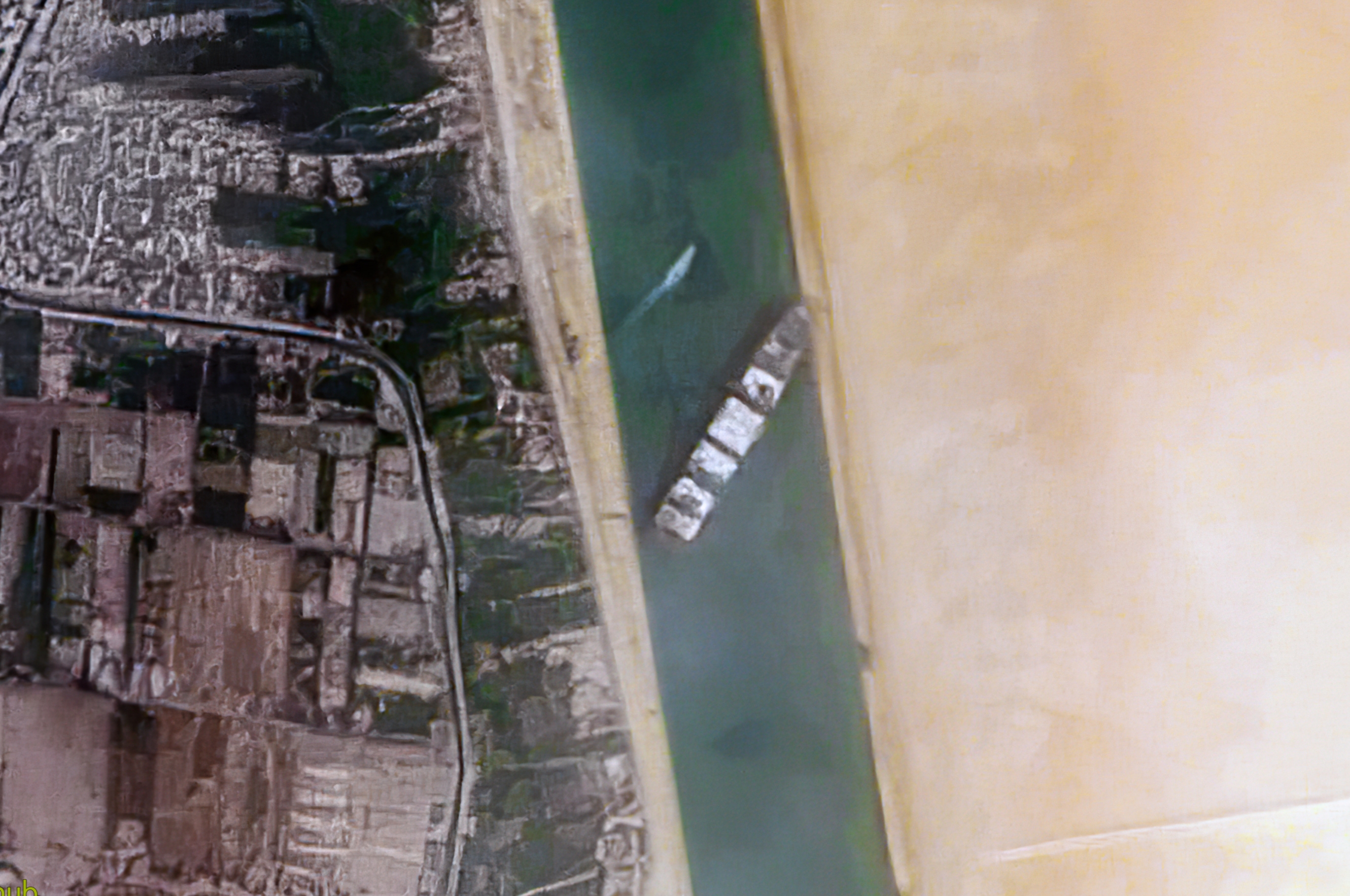
Maritime shipping moves 80% of all the goods manufactured and produced in the world economy. The industry emits one billion tons of CO2 every year – 3% of human-generated emissions. The industry grows every year: in 2021, 1.95 billion metric tons of cargo were shipped via container fleets. The biggest shipping companies include APM-Maersk, CMA CGM, COSCO, Evergreen, Hapag-Lloyd, and MSC; each receiving loads of TEUs (acronym for twenty-food equivalent unit, a standard of measure in the shipping industry). When a particularly large container freighter became stuck in the Suez Canal, attention was called to the shipping industry and its role in global transport, and emissions. Behemoth container ships are too large run on batteries, and solar panels are not the answer, either. What about wind?
Enter Pyxis Ocean. It’s a cargo transport ship, chartered by Cargill, that has been fitted with wings. Two sails made of steel, each 123 feet (37.5 meters) tall, set sail recently. The wing/sails are foldable, allowing passage under bridges. The vessel was retrofitted by BAR Technologies, Yara Marine Technologies, and Mitsubishi. While the ship still uses fossil fuel, wings use wind to reduce fuel consumption by 30%. Launched in China and sailing toward Brazil, Pyxis Ocean is an innovation worth watching. Cargill is an agricultural firm, transporting 225 million tons annually. Could this be the beginning of a new era in shipping?

The earliest global transport ‘supply chain’ was through ships with sails. Historic great fleets with complex arrays of sails are the stuff of legend, and art. Is past now prologue? Cargill/BAR/Mitsubishi/Yara received support from the European Union’s WindWings project. The aim is to retrofit existing shipping vessels with wings to reduce fuel use and therefore emissions. BAR’s Head of Engineering Lauren Eatwell, a lifelong sailor with Olympic experience as well as education in composite structural engineering, helped to pioneer the WindWing design. Cargill aims to save 1.5 metric tons of fuels per wing per day. With advanced fuels (think methanol), more cost and emission savings are full speed ahead. We are the water planet, and we will continue to traverse the globe with ships. Can the shipping industry take wing?

WATCH: Video of Pysix Ocean and WindWings. https://www.youtube.com/watch?v=STlkqiQ62e4
BAR Technologies. “WindWings.” https://www.bartechnologies.uk/project/windwings/
Brooke, K. Lusk. “Supply Chain Reaction.” Building the World Blog 2021 https://blogs.umb.edu/buildingtheworld/2021/10/15/transport-supply-chain-reaction/
Cargill. “Cargill and BAR Technologies’ ground-breaking wind technology sets sail, chartering a lower-carbon path for the maritime industry.” 21 August 2023. Cargill. https://www.cargill.com/2023/cargill-bar-technologies-wind-technology-sets-sail
Lewis, Neil. “Wind-powered cargo ship sets sail in a move to make shipping greener.” 21 August 2023. CNN. https://www.cnn.com/2023/08/22/travel/wind-powered-cargo-ship-cargill-bartech-climate-c2e-spc-intl
Placek, Martin. “Container shipping statistics & facts,” 31 August 2023. Statista. https://www.statista.com/topics/1367/container=shipping/
Building the World Blog by Kathleen Lusk Brooke and Zoe G. Quinn is licensed under a Creative Commons Attribution-NonCommercial-NoDerivs 3.0 U
